Air travel pricing today is a lot more complicated than it used to be. It’s all about smart algorithms changing prices in real-time.
For most people, this constant price fluctuation can be super frustrating, leaving you feeling like you have no control. The real issue is that airlines have totally revamped how they price flights.
If you want to go from just accepting whatever prices you see to being a savvy shopper, you need to understand how this new system works.
Airlines have spent years collecting data and building tech to maximize their profits, but once you understand their tactics, you can spot patterns and find ways to save.
Contents
- 1 The Truth About Flight Pricing: It’s Not Just Supply and Demand Anymore
- 2 Incognito Mode and Flight Prices: Why It Doesn’t Actually Help
- 3 The Tuesday Booking Trick Is Dead. There’s No “Best Day” to Buy Flights
- 4 Timing Is Everything: When to Book and Fly for the Best Deals
- 5 Using Smart Tech to Score the Best Flight Deals
- 6 Pro Tips for Big Savings: Taking Your Flight Hunting to the Next Level
- 7 Smart Tips for Getting the Best Flight Deals
The Truth About Flight Pricing: It’s Not Just Supply and Demand Anymore
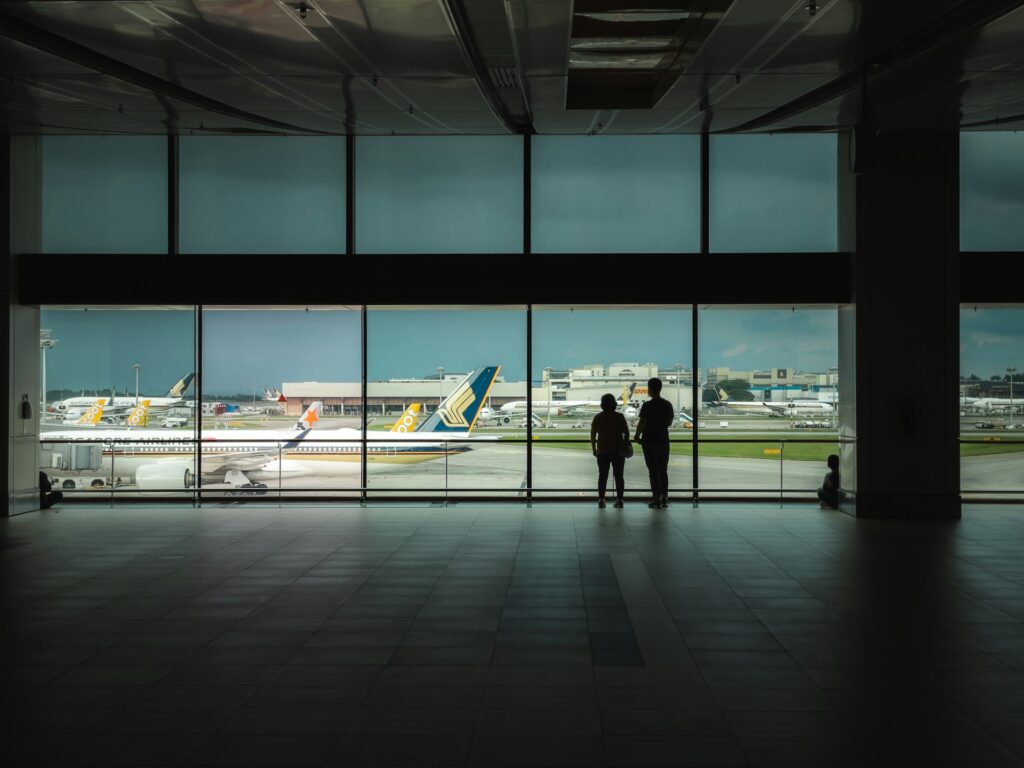
For years, we’ve been taught that flight prices just follow the basic supply-and-demand rule: fares go up as seats fill up. But that’s not the full story anymore.
Today, the real driving force behind airfare is something called dynamic pricing. Prices are constantly changing in real-time based on tons of data, stuff like seat availability, competitor prices, how many people have booked, trends, and even big-picture stuff like the economy. A flight’s price could change dozens of times before you even take off!
Airlines are also getting really smart about how they price tickets, and it’s almost like they’re pricing you as a customer, not just the seat. They use something called “Willingness-to-Pay” to figure out how much you’re likely to pay based on who you are and why you’re traveling.
For example, if you’re a last-minute business traveler, they’ll know you’re less concerned about price, but if you’re booking a vacation in advance, they’ll know you’re probably more price-sensitive. This leads to personalized pricing, where they show you a price they think you’ll pay.
Airlines are also moving toward “continuous pricing,” which means they can offer super-specific fares like $103.26 instead of being stuck at round numbers like $100 or $120. Delta, for example, is using AI to adjust prices based on things like flight details and what you’ve been browsing.
So, when you’re searching for a flight, you’re essentially interacting with a system designed to get as much money out of you as possible.
Also Read: Don’t Let Jet Lag Ruin Your Trips – Here’s the Jet Lag Fix Frequent Fliers Use (and How You Can Too)
Incognito Mode and Flight Prices: Why It Doesn’t Actually Help

One of the most common travel tips floating around is that using incognito or private browsing mode will get you cheaper flights.
The idea is that airlines “track” your searches with cookies and jack up prices if you keep looking at the same route. Sounds sneaky, but it simply isn’t true.
Study after study (including one by Consumer Reports) has shown that prices almost always stay the same whether you’re using a regular browser or incognito mode. In most cases, if prices go up, it’s not because of you; it’s just how the system works.
Airlines use dynamic pricing, which means fares can change at any time based on things like how many seats are left or how close it is to departure. Flights are sold in pricing tiers called “fare buckets.” Once the cheapest seats in a bucket are gone, even if someone else booked them seconds before you refreshed your search, the price jumps to the next tier. That’s what most people are seeing.
This myth sticks around because flight pricing feels confusing and kind of unfair. And when we don’t fully understand something, it’s easy to grab onto a simple explanation, like blaming cookies. But the truth is, airlines don’t need to track you to raise prices. The system is already built to adjust them constantly.
So instead of relying on tricks like incognito mode, focus on strategies that actually work, like booking early, using fare alert tools, or being flexible with dates and destinations.
The Tuesday Booking Trick Is Dead. There’s No “Best Day” to Buy Flights
You’ve probably heard the classic travel tip: “Book your flight on a Tuesday for the best deals.” It’s one of the most popular pieces of advice out there. But in today’s world, it’s mostly outdated.
This idea actually comes from a time when airlines used to manually update fares, often early in the week. Sales would drop on Monday, competitors would match prices by Tuesday, and for a while, that was a great time to book. But those days are long gone.
Now, airlines use complex, real-time pricing algorithms that change fares constantly, day or night, weekday or weekend. A deal that pops up on a Sunday might be gone by Tuesday.
According to Google Flights, after analyzing five years of pricing data, booking midweek only saves an average of about 1.9% compared to the weekend. That’s basically nothing.
That said, some big-picture trends do exist. For example, some studies suggest that booking on a Sunday might save you a little, around 6% on domestic flights and up to 17% on international ones, compared to booking on a Friday. But these are averages, not rules, and savings vary widely.
Instead of waiting for a “magic” day to book, focus on what really matters: booking far enough in advance, being flexible with your travel dates, and keeping an eye on fare trends. The day you fly often matters more than the day you book.
Timing Is Everything: When to Book and Fly for the Best Deals
These days, which day of the week you buy your flight doesn’t make much of a difference. But when you book and when you plan to travel, it still has a big impact on the price you’ll pay.
The “Goldilocks Window”: Finding the Sweet Spot for Booking

Timing really matters. If you book too early, the best deals might not be available yet. Book too late, and prices often skyrocket. That’s why travel experts talk about the “Goldilocks Window”, the sweet spot where the timing is just right.
For domestic flights, the best time to book is usually 1 to 3 months before your trip. During this window, prices tend to be about 25% cheaper compared to booking in the last couple of weeks before departure. Booking earlier than 3 months out often doesn’t save you money, since airlines might not have released their cheaper seats yet.
For international flights, you’ll want to plan further ahead, typically 2 to 8 months before your trip. And if you’re traveling during busy seasons (like summer in Europe or around big global events), it’s smart to book even earlier, sometimes up to 10 months in advance, to lock in a good deal.
Why does this window matter? Because airline pricing systems are designed to squeeze the most money out of last-minute travelers, who are usually business flyers or people with urgent plans. These travelers are seen as less sensitive to price, so the system raises fares sharply in the final weeks.
Booking during the Goldilocks Window tells the algorithm that you’re a price-conscious traveler, someone they’re more likely to offer cheaper fares to. So, timing your booking just right isn’t just good luck, it’s a smart strategy.
Want Cheaper Flights? It All Comes Down to When You Fly

Out of all the things you can control when booking a flight, the day you choose to fly is one of the biggest factors in how much you’ll pay. In fact, simply shifting your travel by a day or two can save you way more than stressing over what day to book.
Here’s what the data says: the cheapest days to fly are usually Tuesday, Wednesday, and Saturday. Choosing these days over high-demand ones can save you anywhere from 6% to 17%, and in some cases, 15% to 20%, just by adjusting your dates by a single day.
On the flip side, the most expensive days to fly are usually Friday and especially Sunday. Why? It all comes down to how different types of travelers move.
Business travelers usually fly out on Mondays and return on Thursdays or Fridays. Leisure travelers, meanwhile, love weekend trips, flying out on Thursdays or Fridays and coming back on Sundays. These patterns create price spikes on those high-demand days.
Midweek and Saturdays fall into a kind of “quiet zone”, days when fewer people are flying. Airlines lower prices on those days because they want to fill seats that would otherwise go empty.
This trend also applies to international travel, where Thursdays sometimes pop up as another lower-cost option. So if you want to stretch your travel budget, don’t just think about where you’re going, think hard about when.
Travel Smart: How to Save Big by Avoiding Peak Seasons

Flight prices don’t just change based on the day of the week. They also shift throughout the year. If you travel during busy times like summer, Christmas, or spring break, expect to pay more. That’s when demand is sky-high, and airlines take full advantage of it.
Travel during the off-season or, even better, the shoulder season, the time just before or after the busiest months. These periods often give you the best of both worlds: lower prices, smaller crowds, and often great weather too. Here’s how it breaks down by region:
- Europe: July and August are peak months. For better deals, go in spring (March–May) or fall (September–November).
- Warm-weather destinations like Hawaii or the Caribbean: Prices spike in winter, when travelers from colder places head south. Visit during late spring or early fall instead.
- U.S. domestic travel: The cheapest times are often between holidays. Think January to early March, and September to mid-November.
Planning around seasons takes a little more effort, but it pays off. By avoiding peak times, you’ll also often find cheaper hotels and less competition for tours, attractions, and reservations.
Using Smart Tech to Score the Best Flight Deals
Airlines use super advanced technology to set their prices, so if you want to get the best deals, you need to use smart tools too: tools that help automate your flight searches, stay flexible with your plans, and understand all the tricky fees airlines sneak in.
This section breaks down the must-have tech and tips that can give you the upper hand, making your booking process faster and smarter.
Fighting Fire with Fire with Price Alerts

Airfare changes all the time, so checking prices manually every day? That’s a frustrating waste of time. Automate the process with price alerts instead. These tools watch flight prices 24/7 and let you know when fares drop to your target.
One of the best tools out there is Google Flights. Here’s how to set it up:
- Enter your route and dates. Put in where you want to go and when.
- Use the “Date grid” and “Price graph” to see how prices change over weeks or months, helping you spot the cheapest times to fly.
- Turn on tracking. Flip the “Track prices” switch to start monitoring your route.
- Try “Any dates”. This lets you track the lowest prices on your route for any time in the future, so you’ll get alerts when big drops happen.
Other great tools include Skyscanner, which helps you search for the cheapest flights across entire months or even years, and Hopper, an app that predicts when prices will rise or fall and tells you the best time to book.
Being Open with Dates and Airports Saves You Money
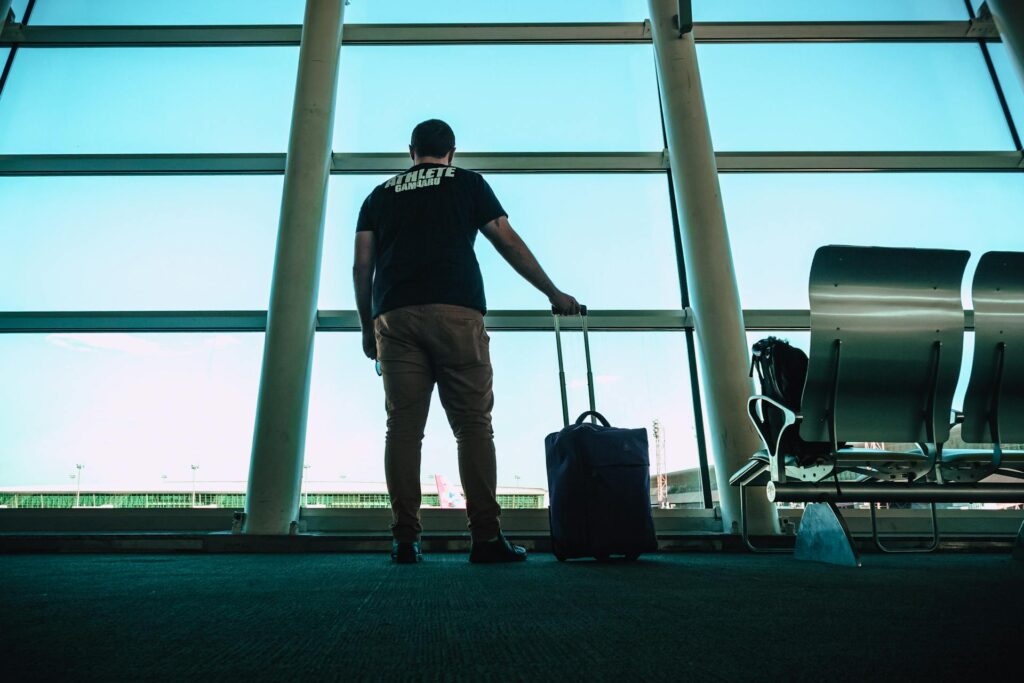
As mentioned earlier, when it comes to booking flights, being flexible is your best money-saving move. If your plans are set in stone, fixed dates, one airport, one destination, you’re probably paying more than you need to. Here are the two biggest ways to stay flexible:
- Dates: Moving your trip by just a day or two to fly on cheaper days, like Tuesday, Wednesday, or Saturday, can slash your fare by 15% to 20%. Sometimes, a small date change means big savings.
- Airports: Don’t just check the main airports. Look at nearby or secondary airports too. These smaller airports often have lower fees and budget airlines flying in and out, which means better prices.
For example, flying to London? Try Gatwick or Stansted instead of Heathrow. Going to the San Francisco Bay Area? Check Oakland and San Jose along with San Francisco. Tools like Google Flights and Skyscanner make it easy to search multiple airports at once, so you can quickly spot cheaper options.
The Hidden Costs of “Cheap” Flights: What Budget Airlines Don’t Tell You
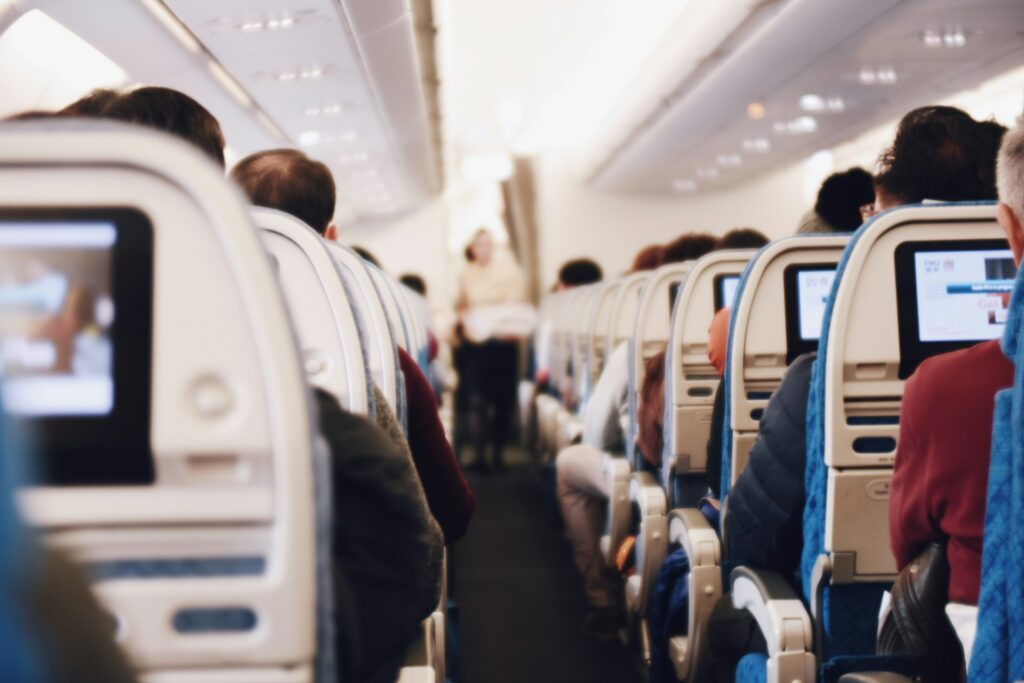
Low-cost airlines have changed how we fly by offering super low base fares, but their pricing tricks often catch travelers off guard.
Those low ticket prices usually only cover the bare minimum: the seat and a ride from point A to B. Almost everything else comes with extra fees, known as ancillary fees or sometimes “junk fees.”
This pricing strategy is clever psychology at work. You see that cheap fare, like $49, and it hooks you in. But as you go through booking, fees for bags, seats, and other things start stacking up.
Because each fee looks small, you keep clicking through instead of walking away, even as the total price climbs much higher.
So to avoid surprises, always add up the total cost of a budget airline ticket before you book. That $49 fare might end up costing more than a $159 ticket on a regular airline once all the extras are included. Here are some common fees to watch for:
- Baggage Fees: Almost always charged for carry-ons and checked bags. Booking and paying for bags online ahead of time is usually way cheaper than at the airport.
- Seat Selection Fees: Want to pick your seat? That’ll cost extra. Skip paying, and you’ll get whatever seat is left—often a dreaded middle seat.
- Check-in and Boarding Pass Fees: Some airlines charge if you check in at the airport or need a printed boarding pass.
- Onboard Extras: Don’t expect free snacks, drinks, or headphones, you’ll pay for those too.
The following table illustrates how a seemingly low fare can escalate.
Item
Cost Range (Low-High)
Running Total
Base Fare
$49
$49
Carry-On Bag (online)
$35 – $60
$84 – $109
Checked Bag (online)
$40 – $65
$124 – $174
Standard Seat Selection
$15 – $30
$139 – $204
Potential Airport Check-in Fee
$25
$164 – $229
Total “Real” Cost (One-Way)
$139 – $229+
Pro Tips for Big Savings: Taking Your Flight Hunting to the Next Level
If you’re up for putting in a bit more time and effort, there are some advanced tricks that can save you way more money than the usual advice.
Snag Crazy Cheap Flights from Airline Pricing Mistakes
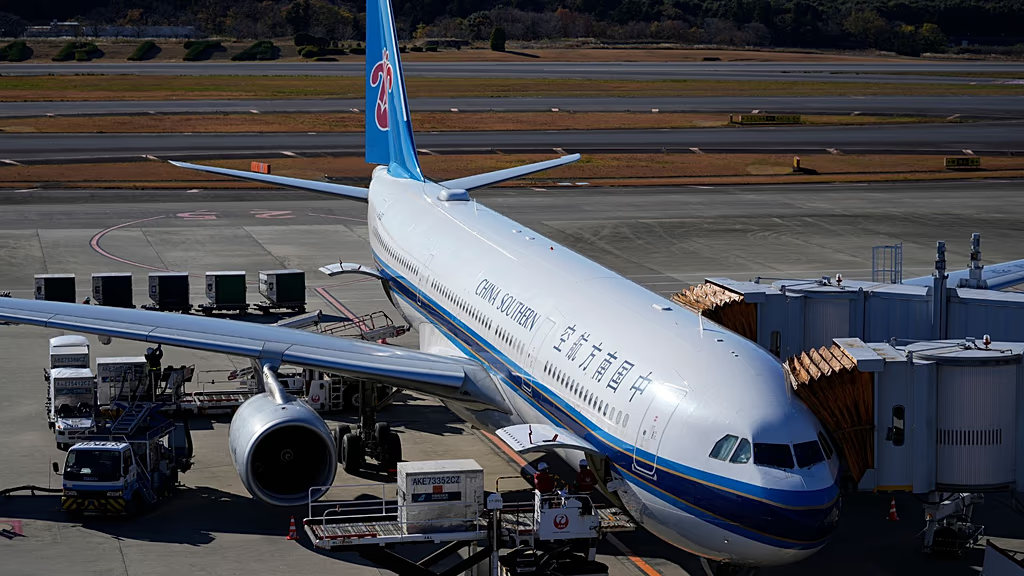
Sometimes, the tech that sets flight prices messes up big time; human typos, currency mix-ups, or bugs can cause flights to drop as much as 90%. Imagine scoring a business class ticket to Europe for $249 or a round-trip flight to Asia for just $130!
These “error fares” happen because the whole pricing system is super complex, with tons of moving parts and chances for glitches. When these mistakes pop up, smart travelers can jump on them for huge savings.
But finding these deals on your own is like hunting for a needle in a haystack. Instead, the best way is to use:
- Deal Alert Services: Sign up for newsletters from places like Going.com or Dollar Flight Club. They have teams scanning the web 24/7 and send instant alerts when mistake fares pop up.
- Travel Communities: Forums like FlyerTalk or Reddit’s r/traveldeals are gold mines where travelers share error fares as soon as they spot them.
If you want to book an error fare, act fast and keep these tips in mind:
- Book Immediately: These deals disappear fast, sometimes within minutes or hours.
- Book Directly on the Airline’s Website: This gives you the best shot at keeping the ticket and offers better protection (like the 24-hour cancellation window for U.S. flights).
- Don’t Call the Airline: Asking about the price can tip them off and get the deal canceled.
- Hold Off on Other Bookings: Wait for your confirmed e-ticket before booking hotels or tours. Airlines honor about 70% of error fares, but they can cancel tickets if they choose.
Saving Big with Split Tickets and Points

Top travelers know the airline market isn’t perfect, and they cash in by using clever booking tricks to save money. Think of it like finding deals where prices don’t match up perfectly for the same trip, so you play the system to your advantage.
Split Tickets: Instead of booking one round-trip or a single connecting flight, you break it up into separate one-way tickets. Sometimes, booking two different flights, even on different airlines, can save you a ton.
For example, someone saved almost $480 flying from New York to Rome by booking New York to Dublin and then Dublin to Rome separately. It takes a little extra digging, but it can really pay off, especially for international trips.
Using Points and Miles: When cash prices spike, like for last-minute trips or during busy holidays, the points or miles needed usually don’t go up as much. That means using your frequent flyer miles or credit card points can get you way more value.
Savvy travelers treat points like a special currency, using them strategically when cash prices are sky-high to get the best bang for their buck.
Read: I’ve Traveled Nonstop for Years: These 6 Gadgets Never Leave My Backpack
Smart Tips for Getting the Best Flight Deals
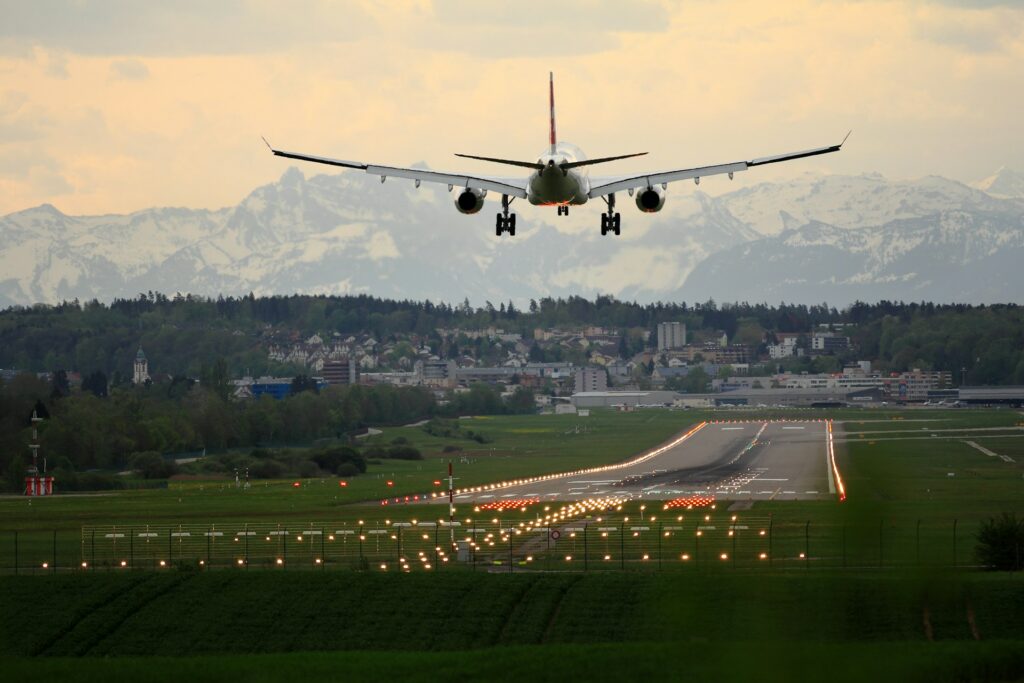
Airfare today is tricky, but it’s not impossible to crack. You can regularly score better prices by understanding how airline pricing works, use the right tools, and stay flexible. Here’s a simple list of the top strategies every traveler should know:
Hit the “Goldilocks Window”
Book at just the right time, not too early, not too late. For U.S. flights, that’s about 1 to 3 months before takeoff. For international trips, aim for 2 to 8 months out.
Fly on Tuesday, Wednesday, or Saturday
When you fly matters more than when you book. These days usually cost less because fewer people travel then.
Use Price Alerts, Not Manual Searches
Set up alerts on tools like Google Flights to automatically notify you when prices drop, so you don’t have to keep checking.
Be Flexible
Check nearby airports and try shifting your dates by a day or two. Small changes can lead to big savings.
Watch Out for Hidden Fees on Budget Airlines
That cheap fare often hides extra costs for bags and seats. Always add those up before you decide if it’s really a deal.
Forget Incognito Mode
The idea that airlines hike prices because of your search history is a myth. Focus on smarter tactics instead.
Travel in Shoulder Seasons
Plan your trips just before or after peak travel times to get cheaper flights, fewer crowds, and nicer weather.
Look for Error Fares
Sign up for deal alert newsletters that find rare pricing mistakes. When you spot one, book fast and directly with the airline, don’t call to confirm.
Try Split Tickets
Sometimes booking two one-way flights or breaking up connections saves you money compared to a traditional round-trip ticket.
Use Points and Miles Wisely
When cash fares are high, redeem your loyalty points strategically to get the best value and avoid inflated prices.
The Future of Airfare
We’re heading toward a world where everything is priced separately: your seat, your bag, your flexibility, maybe even your ability to board early. This kind of atomic pricing means nothing is bundled, and every part of your flight could have a different cost depending on who you are and what the airline thinks you’re willing to pay.
With AI getting better at predicting customer behavior, personalized pricing is becoming the norm. Two people searching the same flight could be shown completely different offers based on things like browsing habits, booking history, or how flexible they seem.
But travelers aren’t powerless. In fact, we now have more tools than ever to fight back: price alerts, search engines, deal trackers, points, and data that put the power back in your hands.
If you understand how the system works, you can use it to your advantage and make sure you never overpay for a flight again!